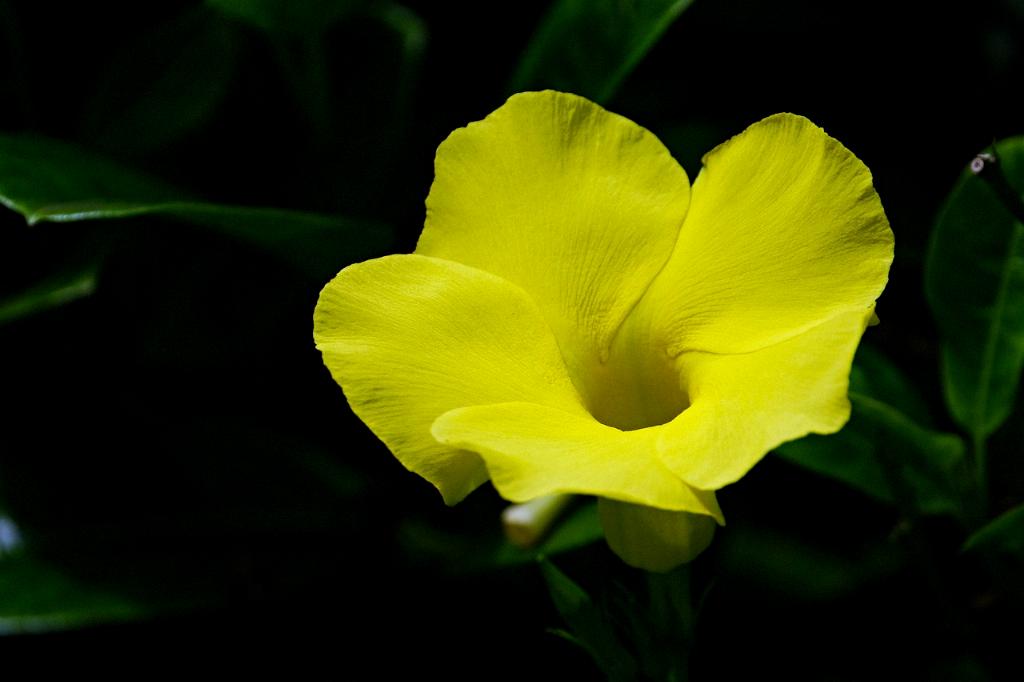If you’re a gardening enthusiast or just someone who appreciates the beauty of vibrant flowers, you may have come across the stunning Mandevilla plant. Known for its showy blooms in shades of red, pink, and white, these vines add a touch of elegance to any garden or patio. Understanding the lifecycle of plants like Mandevilla is key to ensuring they thrive in your garden. Let’s delve into the intriguing world of Mandevilla plants and explore whether they fall under the category of perennials.
Understanding Perennials vs. Annuals
Before we delve into the specifics of Mandevilla plants, let’s differentiate between perennials and annuals. Perennials are plants that live for more than two years, with many blooming year after year, while annuals complete their lifecycle within a single growing season. The distinction lies in their ability to survive through different seasons, making it important to know which category a plant falls into for proper care and maintenance.
Identifying Mandevilla Plants
Recognizing Mandevilla plants is fairly easy once you’re familiar with their physical characteristics. These vines boast glossy green leaves and trumpet-shaped flowers that bloom profusely during the warmer months. Common varieties of Mandevilla include the classic ‘Alice du Pont’ with its bold pink blooms and the ‘Sun Parasol’ series known for their striking colors.
Lifecycle of Mandevilla Plants
The lifecycle of Mandevilla plants encompasses various stages, from seed germination to flowering. Factors such as sunlight, water, and soil quality play a crucial role in determining the plant’s longevity. While Mandevilla is a perennial in zones 9 to 11, colder regions may treat it as an annual or bring it indoors during winter to protect it from freezing temperatures.
Is Mandevilla a Perennial Plant?
Now, onto the burning question – is Mandevilla a perennial plant? The answer lies in its ideal growing conditions. Mandevilla thrives as a perennial in zones 9 to 11, yet in regions with frosty winters, it’s often treated as an annual to prevent winter damage. By providing proper care and winter protection, you can enjoy your Mandevilla year after year, even if it’s not traditionally a perennial in your area.
Care and Maintenance of Mandevilla Plants
To ensure your Mandevilla thrives, essential care tips include providing ample sunlight, well-draining soil, and regular watering. During winter, moving your Mandevilla indoors to a warm, well-lit spot can help it survive the colder months. Avoid overwatering during dormancy and trim back leggy growth to promote healthy regrowth in the spring.
Conclusion
In conclusion, Mandevilla plants offer a touch of tropical beauty to any garden or patio setting. Understanding whether Mandevilla is a perennial or annual in your region is key to ensuring its longevity and blooming success. By following proper care and maintenance practices, you can cultivate and enjoy the stunning blooms of Mandevilla year after year, adding color and charm to your outdoor space.

